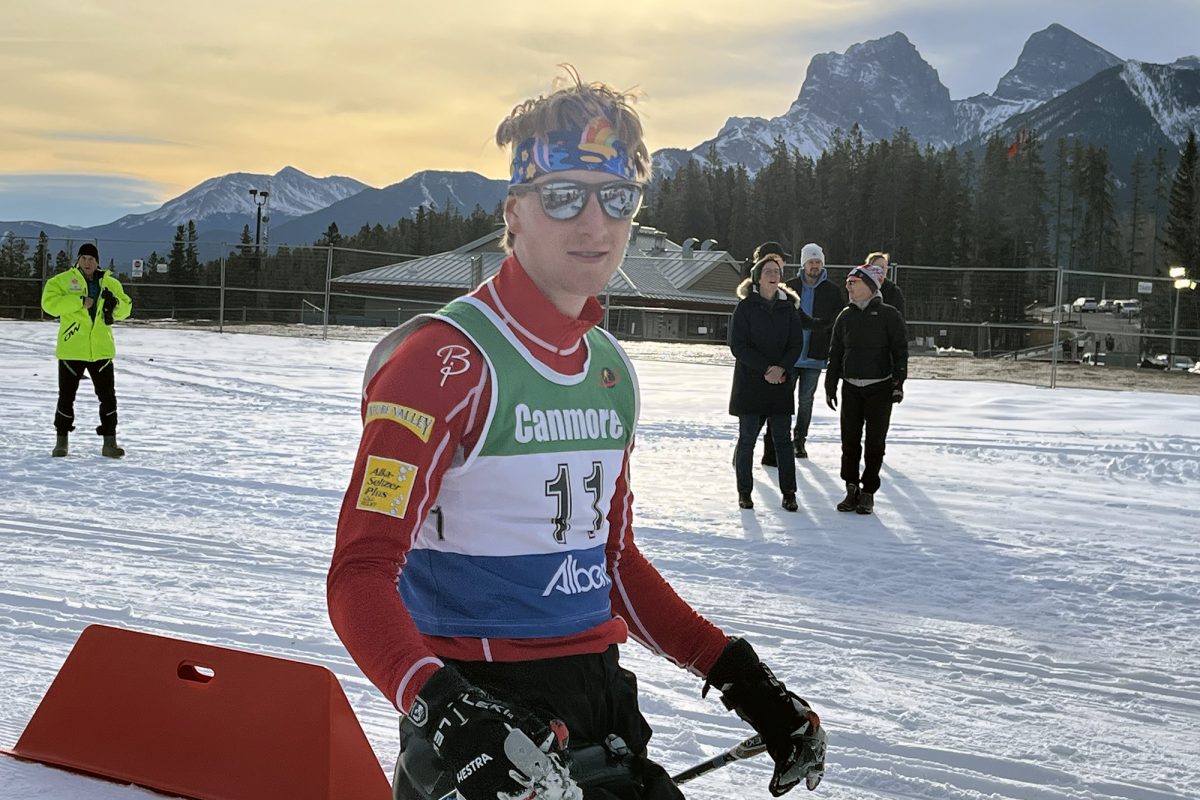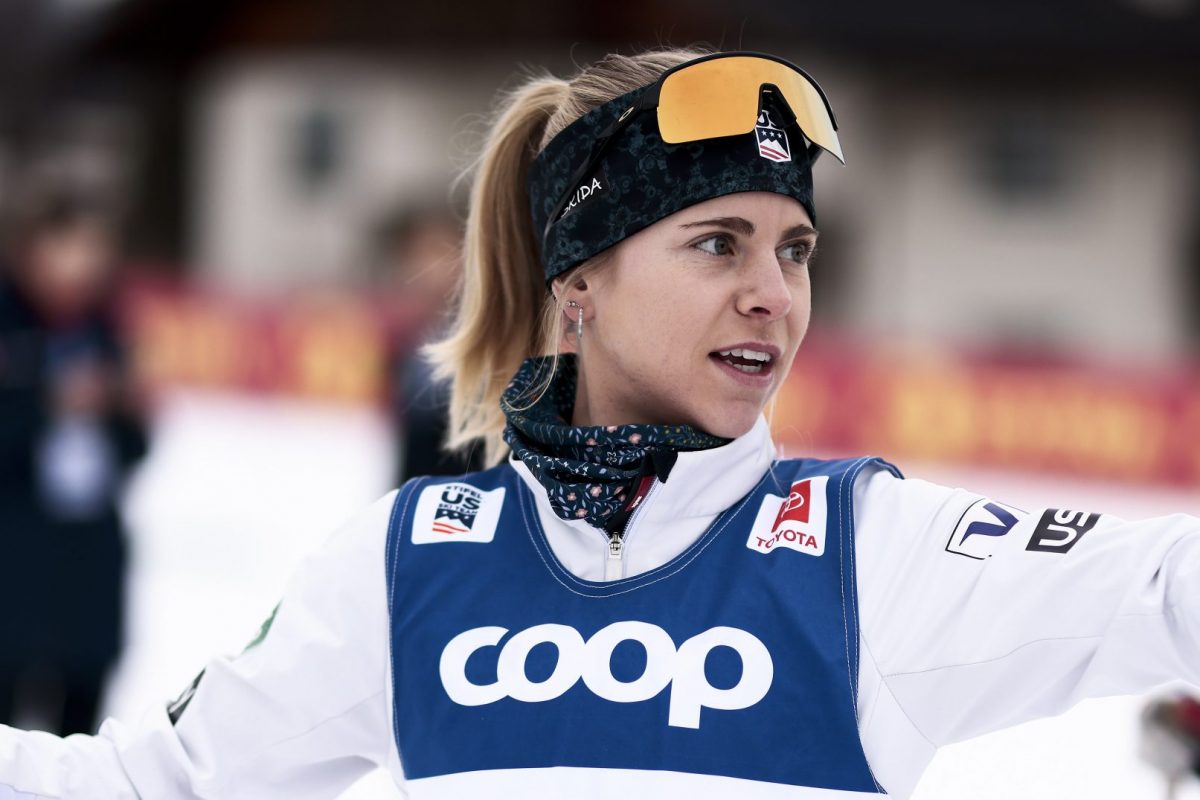The OPA Cup series is supposedly to be skiing’s equivalent of baseball’s minor leagues. But last weekend’s racing in Ramsau was about as far from a dingy Southern ballpark as you can get.
Surrounded by jagged, snowy peaks on a plateau in the Austrian Alps, Ramsau was the last stop on this year’s OPA circuit, which a contingent of U.S. athletes has been following for the last two weeks. Nearly a dozen Americans took part in a three-day mini-tour there, including a skate sprint, a distance skate race, and a classic pursuit.
“I’d never been to Austria,” said Sylvan Ellefson, who was 23rd overall. “Having the setting there, the mountains—that experience was awesome, and the racing…was great.”

Simi Hamilton was the top American male in the overall, placing 18th of 50 finishers. The men’s event, which included several World Cup regulars, was won by 20-year-old German Thomas Bing.
Kate Fitzgerald was the top American woman—she was 10th of 25, roughly a minute-and-a-half off the winning time of Germany’s Sandra Ringwald.
Ramsau was the second straight weekend of racing for the American crew, which included athletes from the U.S. Ski Team, Bridger Ski Foundation, Alaska Pacific University, and Team Homegrown, along with a separate group from the Craftsbury Green Racing Project. The weekend before, they all had competed in Rogla, Slovenia.
The trip, which included funding from the National Cross-Country Ski Education Foundation (NCCSEF) that helped cover transportation and coaches’ lodging, is the latest effort in a new push from the U.S. ski community to get more of its competitors racing domestically in Europe.
“The basic premise is to help our developing athletes—to give them experience with the travel, with the racing,” said Bryan Fish, a U.S. Ski Team coach who was leading the trip. “And not only just race head-to-head with some of the other developing skiers in other countries, but [to] train and see what they’re doing, day in and day out. We’re at these places all week long.”
Ramsau is best known for its proximity to the Dachstein Glacier, which European teams use to get their on-snow training in the off-season. A number of the Americans took a trip up to the glacier to ski, but the races were held in the valley below.
The skate sprint, on the first day, saw both Hamilton and Ida Sargent (Craftsbury) skiing smoothly into the semifinals—and then promptly getting tangled up and crashing out. Fish said both skiers went down in the same area, at a pinch point at the top of a hill, which allowed the pack to get away going over the top.
“Simi had been skiing very well, and so, too, Ida, up that climb…I’m sure it wasn’t intentional, but I think sometimes our athletes don’t always get the same respect, because they’re not racing against those guys week in and week out,” Fish said. “[The crashes] took away a lot of momentum, and the ability to draft and to be where you needed to be in the finish. It was a really critical spot to be positioned well, and they both came out in last place.”
Hamilton and Sargent both ended up finishing ninth—decent, but Fish said that the way Hamilton had been skiing,

he could have been on the podium.
“I honestly think he would have been top three if he hadn’t been taken out,” Fish said.
Out of the rest of the Americans, three other men and three other women made the heats. (To be fair, with just 27 female entrants, cracking the top 30 in the women’s field was merely a matter of crossing the finish line.) But none of those athletes went through to the semis; it didn’t help that three of the four American men were all in the same quarterfinal.
The next race was a 10 k/5 k freestyle, and on the men’s side, surprisingly, Hamilton managed to better his result from the day before, placing fifth in a field of over 100.
A sprinter, Hamilton only had five previous distance starts over the course of the season, but he made the best of his sixth, in Ramsau. The race was, by FIS points, the best non-sprint result of his entire career, a performance that left him in third place in the overall—and which Fish called “incredible.”
On the women’s side, Sargent was again the top American, 22nd in a field of 59, but this time, Fitzgerald was right on her heels in 23rd, just a second-and-a-half back.
Those results left Sargent and Fitzgerald in eighth and 17th, respectively, in the overall standings heading into the last race, a 10 k classic pursuit that was handicapped based on the time gaps from the previous two days.
The pursuit, for both the men and women, was a messy race. Temperatures in Ramsau had stayed above freezing overnight, leaving the tracks “soft and slow,” Fish said.

Fitzgerald was the only American who had a good day. She was sixth, 35 seconds off the winner, Russia’s Svetlana Bochkareva—a result that moved her up seven places to 10th in the overall.
The rest of the U.S. skiers struggled, which both Fish and Ellefson chalked up to the sloppy conditions, and skis that were less than ideal.
It didn’t help that, according to Fish, organizers had to modify the rapidly-melting course, with the side effect that more climbing was included. And Ellefson also said that he, and likely the rest of the American men, were exhausted from the racing earlier in the week, and still suffering from the lingering effects of a 30 k in Slovenia.
“It was definitely a struggle on all ends, I think. It was tough,” Ellefson said.
Ellefson led the group in 29th, three minutes out, while Hamilton was 32nd, dropping 15 places to 18th overall.
Most of the group headed back to the U.S. after the conclusion of the mini-tour, with the exception of Casey Fagerquist, a wax technician who normally works with Alaska Pacific University. Instead of flying back across the Atlantic, he headed north to Scandinavia, to meet the U.S. Ski Team for its final weekend of World Cup racing, in Sweden.
Nathaniel Herz
Nat Herz is an Alaska-based journalist who moonlights for FasterSkier as an occasional reporter and podcast host. He was FasterSkier's full-time reporter in 2010 and 2011.




2 comments
Martin Hall
March 16, 2011 at 5:02 pm
Nope, you don’t get the respect—————–you have to earn it—by making sure you are doing the taking out and not getting taken out. Ida should know that by now—she has spent a lot of time in Europe this year—nobody gives you anything in any part of Europe when you are racing—you have to take it—that’s what it takes—you, protecting your own butt.
Coaches should be warning their skiers and in pre-race course inspection looking for those kinds of bottle necks.
Come-ON Man!!!!
Martin Hall
March 16, 2011 at 5:47 pm
Want to commend the USST and NCCSEF for keeping so many skiers in Europe this past winter—there are some remarkable racing experiences taking place and the gaining of these kinds of experiences as written about taking place—they will pay big dividends in the years to come—keep it going—the more the better.